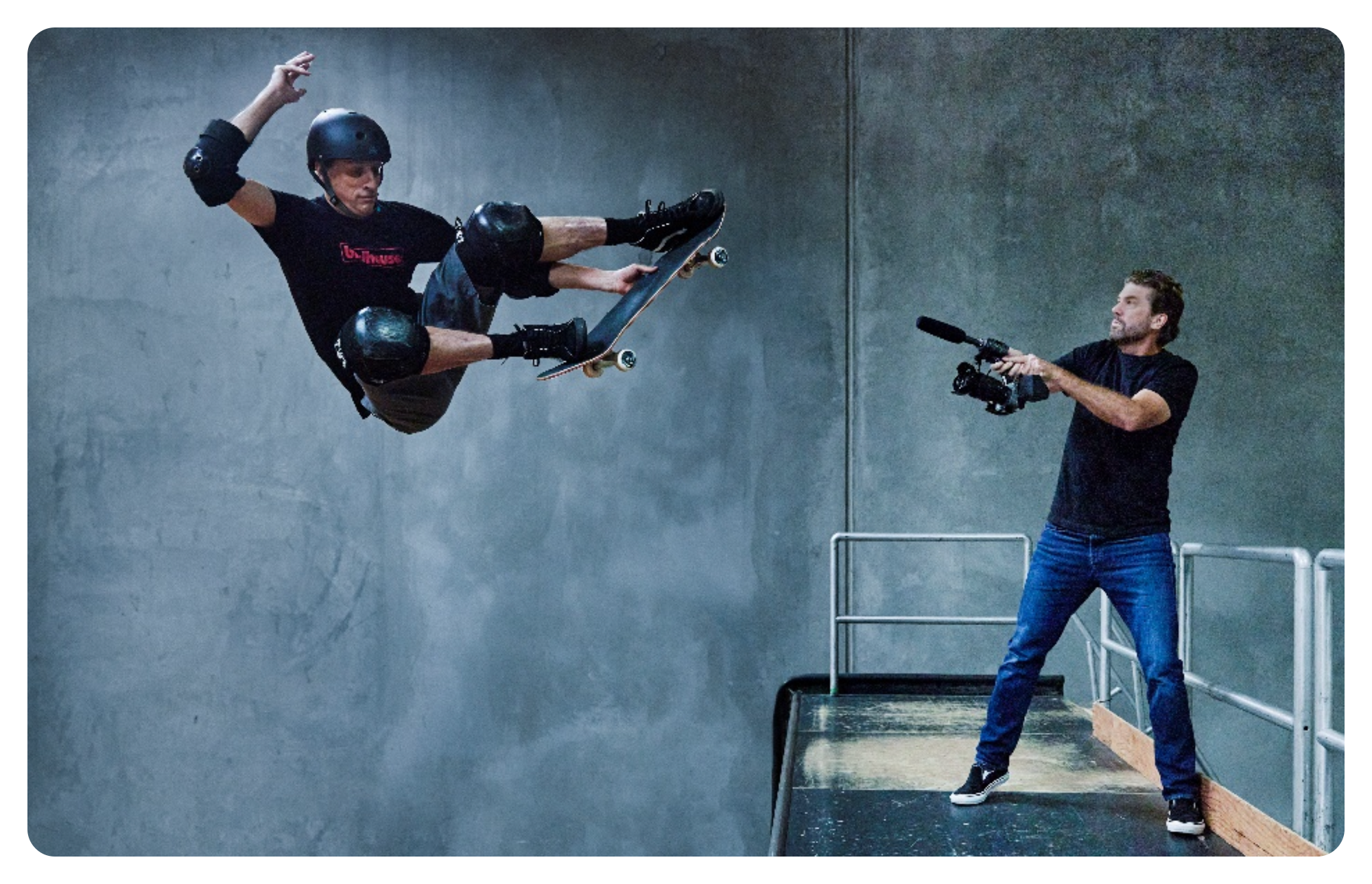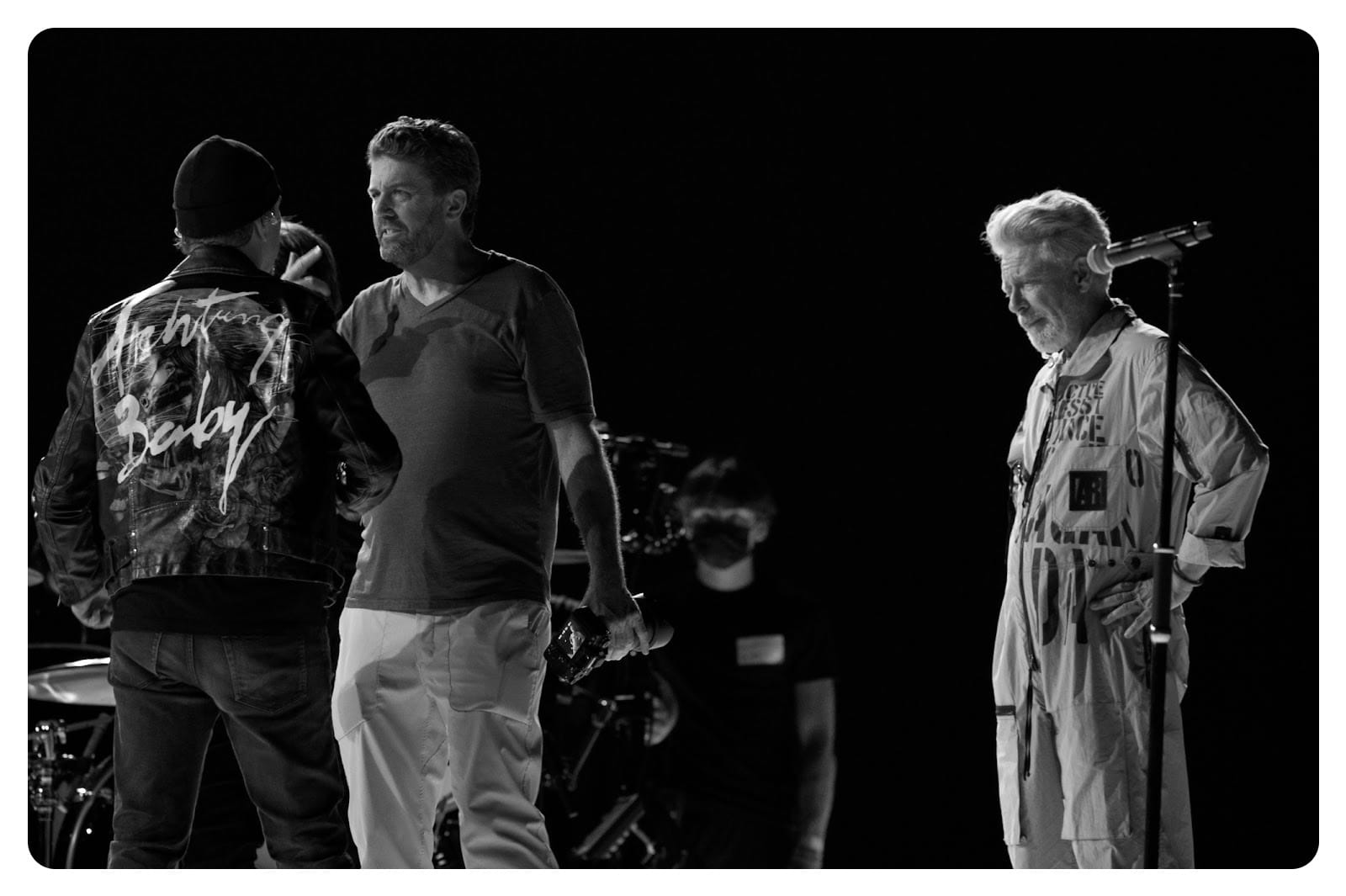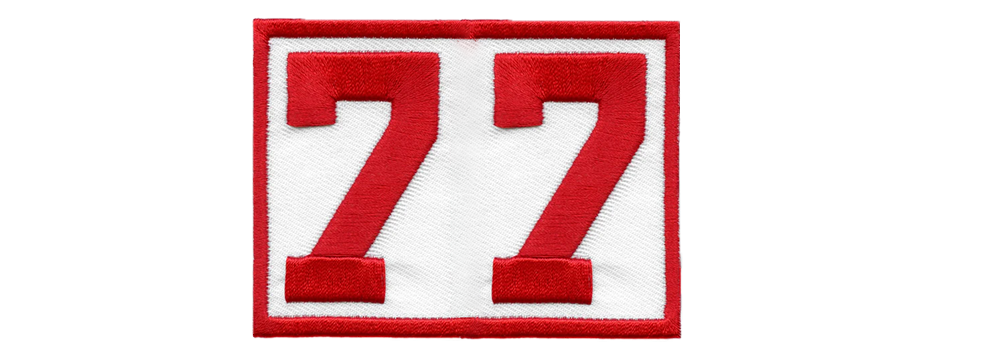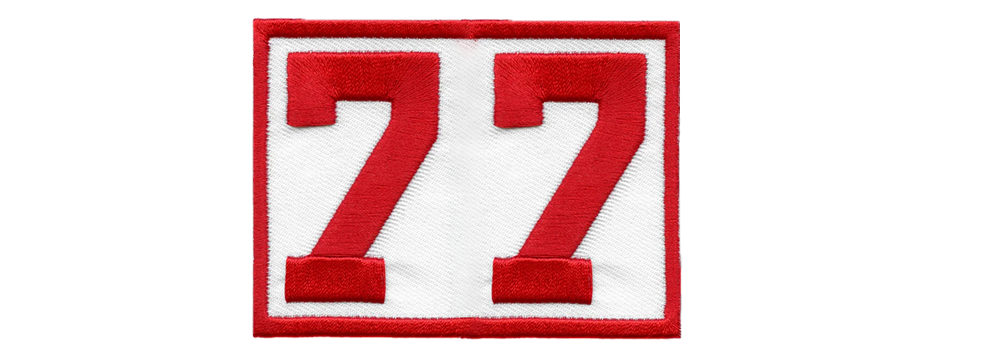Sam Jones gave me one of the best tips I have ever got on interviewing, even after years of journalism school: "If you want it different, start differently." That applies not only to interviews but also to Sam's life. Jones's father was a race car driver who then built airplanes and raced those, "He always loved racing and speed," Jones said. When Sam's dad was growing up, cars were the shared culture amongst many; for Sam, growing up, it was skateboarding. The first skateboard he ever had was from his Uncle, who made the board with clay wheels and fiberglass, "it was orange with a yellow lightning bolt on it," Sam remembered. He went from skating with all the kids in his neighborhood to competing in the California Amateur Skateboard League, run by Frank Hawk, Tony Hawk's father. Jones was best friends with Neil Blender, the well known Southern Californian skater, and realized he was not quite at their level, but found himself taking pictures of other skaters while at the park.
Jones mentions multiple times that he had three passions growing up: music, skating, and photography (if it was taking pictures of the first two). "I believe you don't have to define yourself so clearly…the best way to approach a creative life is to wake up every day open to the possibilities you could come up with an idea or do something you haven't done before that could really connect with people," Jones told me. Sam went to Gonzaga for a year, where he worked as a political cartoonist for the school newspaper but finished his schooling at Cal State Fullerton. Cal State is where Jones met the teacher of his photojournalism class, Mark Boster, who became his mentor and spent 34 years as a Los Angeles Times photographer. "[He] was a great teacher who loved photography....he saw something in me I think no one else had seen…he really encouraged me," Jones remembered.
After years of working at the Associated Press, Jones embarked on another new task: making a documentary. This doc would be where many people were introduced to Jones. Sam played in bands and thoroughly loved music so he would watch countless films about music and bands, "I would watch every music documentary I could get my hands on as a way to try to understand the music and musicians. I remember watching Stop Making Sense and going to band practice and telling them we have to think more about what we do on stage." Sam told me. "Bob Dylan: Don't Look Back was a huge one for me too."
Jones was in New York seeing a show of Wilco's at the Bowery Ballroom, "This is an upcoming band, they are not intimidating, it was just a schlubby dude who wrote songs. It would be cool to make a film about them," he thought. After he got home from New York, he wrote a letter saying there should be a film about them and how he would like to do it. By this time, Jones had built up quite a resume shooting magazine covers and Rolling Stone pieces, so when the letter got to Bill Bentley at Reprise Records, he recognized it was not some random request by a fan. They knew Sam's photography well and worked with him before. When the letter was sent to band management and then Jeff Tweedy, they were all interested.
It is relatively well known that Jones funded the film himself. Directors financing their own projects have been done before by people like Francis Ford Coppola with Megalopolis and M.Night Shyamalan with many of his projects. Still, there is a lot more risk for someone making their first big film. "I think with all documentaries, if you're totally honest, you don't really know the film you are making until you get to the editing room," Jones previously said in a Off Camera interview done by Jason Sudeikis. The problem was that so many things continued to prevent them from even getting to the editing room, like Jay Bennett leaving the band and Wilco's label, Reprise Records, dropping the band altogether. All these events required Jones to get a lot more interviews and a considerable amount of extra filming, which started to become very pricey. "I remember exactly how much [I spent], I think I was at $187,000 by the time we got some help in post production…I stopped spending money around $200,000," Jones said to me. Later, a production company helped with some of the costs of getting it in theaters. One of the most memorable scenes in the movie is of Jeff Tweedy and Jay Bennett discussing their mixing of a particular song. They go back and forth endless times, and Tweedy, at one point, looks directly at the camera out of frustration and seemingly just wants the moment to end. Following their spat, Tweedy mentions that he has to throw up, and Jones follows him into the bathroom, where Tweedy enters the stall and gets on his knees to expel while Jones visibly gets up and stands on the urinal, where he records the lead singer from above." When he headed to the bathroom, I headed to the bathroom…I just lifted the camera over the stall, I couldn't even see what I was filming. You look at it now, and it looks like I missed the shot, but in a way, that's good because it's less graphic and has more impact, but total accident." Jones jokingly told me that he would probably be more hesitant filming that scene today, "It's sometimes the boldness of inexperience; it's a related theory to ask for forgiveness instead of permission."
Whether it be the Beatles, Fleetwood Mac, Oasis, or countless others, many bands, no matter how successful, reach a breaking point with someone leaving or even the whole group going their own ways. This is no different than with Wilco in 2001 as Jay Bennett was asked to leave, "It did not come as a total shock to me to be asked to leave Wilco, it had been in the back of my mind…there are a lot of power related issues in Wilco," Bennett said to Jones in the documentary. Jones was filming and spending time with the band for around two and a half years. When I asked Jones if he sensed something like Bennett leaving was going to happen, he said, "It just seemed like the recording process, you get mad at each other, and you have differences of opinions, but when you're finished, you move on. It's not like I saw it coming, if I had, I probably would have focused more on certain things or tried to understand it."
Ever since the making of his first movie, Jones has directed music videos and episodes of various TV shows like Cougar Town, Ted Lasso, and the mini-series Smartless: On the Road. Oddly enough, he was also going to direct an episode of The Office, but the writer's strike got in the way, so it never happened. Jones continued to bounce around doing all types of projects but returned to his roots by making a documentary on the most well known skateboarder of all time, Tony Hawk.

Tony Hawk: Until The Wheels Fall Off is a start-to-finish storyline of Hawk's skateboarding career and life. Unlike Jones's film Im Trying to Break Your Heart, there was somewhat of a clear culmination of things as Tony broke his femur a month after the editing was all done, "That would have been another chapter, I probably would have gotten suckered into doing that story because it is so fascinating that someone who defines their life by skateboarding can't skate for a year," Sam said.
Many directors doing documentaries make themselves a part of the story almost as much as the subject. Sam Jones is not in that category. Throughout I Am Trying to Break Your Heart, you faintly hear Jones's voice one to two times, if that. In Until the Wheels Fall Off, you hear him maybe two to three times. In both movies, he asks a quick follow up question. Still, in the Tony Hawk film, Sam asks Tony how many times he has done the 900 (his iconic 1999 X games trick where you spin 900 degrees in the air). Tony laughs and thinks about it, "it's a very true moment for Tony because even thinking about the 900 makes him shiver a little bit; there is so much associated with that trick for him. Leaving my voice in there at that moment was important." Jones told me. He also mentions he doesn't have rules about doing that or not doing it, but his primary motivation is to make the best and most authentic story, just as he does in his photography.

Sam has also created a conversational show with celebrities, athletes, and anyone who interests him. Much like his first big film about Wilco, it is all black and white. In one episode (Ep 1, Season 12), Jason Sudeikis switches seats with Jones and mentions that he hugged him when first met Sam and realized he is the one who directed I'm Trying to Break Your Heart. Sudeikis said the film was a big part of his life and has seen it many times. Because of his significant photography career shooting actors and influential people, many of his guests, like Matt Damon, John Krasinski, Chris Moore, and others, are good friends of Sam, and the show has an unmatched genuine feel. Even guests who might not have a direct connection with Jones seemingly feel comfortable talking to Jones knowing that he is in the industry and that they are not on his podcast to "sell soap," said Robert Downey Jr. on Jones’s program, meaning that they are not there to be a walking billboard for an upcoming movie. In all of Jones's projects, there is always an authentic, genuine story being told; he is someone you can tell has a tremendous passion for what is on screen and how it is presented.



